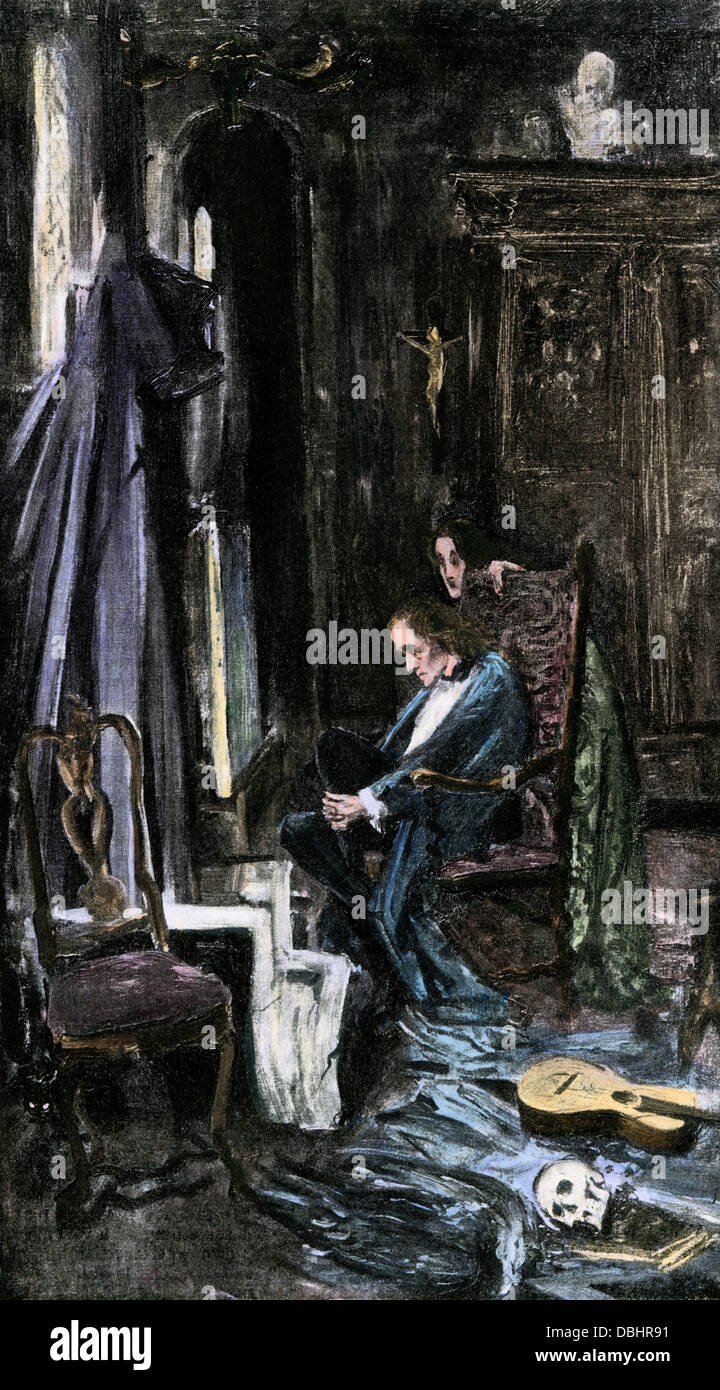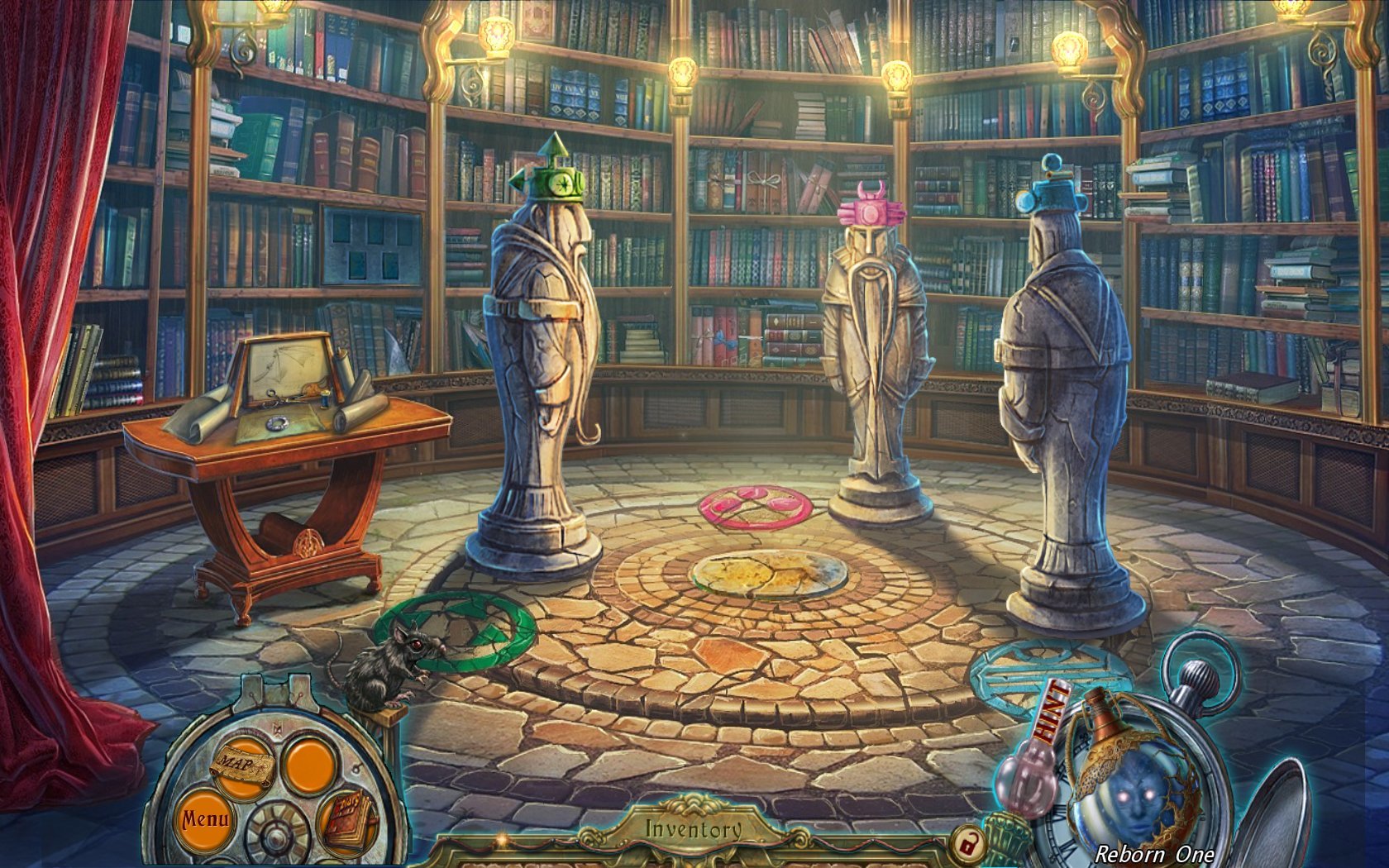Table Of Content

He believes the mansion is sentient and responsible, in part, for his deteriorating mental health and melancholy. Despite this admission, Usher remains in the mansion and composes art containing the Usher mansion or similar haunted mansions. His mental health deteriorates faster as he begins to hear Madeline's attempts to escape the underground vault she was buried in, and he eventually meets his death out of fear in a manner similar to the House of Usher's cracking and sinking. As the narrator reads of the knight's forcible entry into the dwelling, he and Roderick hear cracking and ripping sounds from somewhere in the house.
Roderick Usher
Though he doesn't get his own episode, scary family fixer Arthur Pym (Mark Hamill) is still a walking Poe reference like the rest of the cast. Pym's name is taken from Poe's one and only finished novel, the 1838 mariner's tale "The Narrative of Arthur Gordon Pym of Nantucket." The story follows Pym as he secretly joins an excursion on a whaling ship called the Grampus. This pre-"Moby Dick" saga at sea gets pretty trippy, but it also includes more straightforward adventure elements than most of Poe's other works.
Episode 8, "The Raven"
The Fall of the House of Usher review: Mike Flanagan’s Poe Cinematic Universe - Vox.com
The Fall of the House of Usher review: Mike Flanagan’s Poe Cinematic Universe.
Posted: Fri, 13 Oct 2023 07:00:00 GMT [source]
With the exception of "The Gold Bug" (1843) and "Murders in the Rue Morgue"(1841), Poe's settings are usually remote in time and space, enhancing thestory's mystery and other-worldliness. "The Fall of the House of Usher" has nodefinite setting except for the "singularly dreary tract of country" throughwhich the narrator must travel to reach the House of Usher. ‘The Fall of the House of Usher’ is an 1839 short story by Edgar Allan Poe ( ), a pioneer of the short story and a writer who arguably unleashed the full psychological potential of the Gothic horror genre. The story concerns the narrator’s visit to a strange mansion owned by his childhood friend, who is behaving increasingly oddly as he and his twin sister dwell within the ‘melancholy’ atmosphere of the house.
Poe's Stories

Very soon we understand that, whatever else it may mean, the house is a metaphor for the Usher family itself and that if the house is seriously flawed, so are its occupants. Poe was often dismissed by contemporary literary critics because of the unusual content and brevity of his stories. When his work was critically evaluated, it was condemned for its tendencies toward Romanticism. The writers and critics of Poe’s day rejected many of that movement’s core tenets, including its emphasis on the emotions and the experience of the sublime. Accordingly, commentaries on social injustice, morality, and utilitarianism proliferated in the mid-19th century.
Poe draws heavily on Gothic conventions, using omens and portents, heavy storms, hidden passageways, and shadows to set the reader on edge. ‘The Fall of the House of Usher’ is probably Edgar Allan Poe’s most famous story, and in many ways it is a quintessential Gothic horror story. We have a mysterious secret afflicting the house and eating away at its owner, the Gothic ‘castle’ (here, refigured as a mansion), premature burial (about which Poe wrote a whole other story), the mad owner of the house, and numerous other trappings of the Gothic novel. Poe condenses these into a short story and plays around with them, locating new psychological depths within these features. A week after Madeline’s death, the narrator lies awake with an unexplainedfeeling of fear. A storm rages outside, and despite efforts to reason withhimself, he shakes with terror.
In January 1842, Poe's beloved wife, Virginia Clemm, ruptured a blood vessel while singing. Poe's mental health mirrored the state of Virginia's health — flowing between optimism when she was healthy and drunken insanity was she was in decline. The publishing house printed 1,750 copies at their own cost — and took all the profits. All Poe received in return were a few free copies of the book and a chance to enhance his literary reputation. Then $75 per month.Complete digital access to quality FT journalism on any device. Edgar Allan Poe’s Philadelphia home at 7th and Spring Garden Streets was designated a Literary Landmark on July 31, 1988.
Episode 4: “The Black Cat”
Roderick Usher is a gifted poet and artist, whose talents the narrator praises before sharing a poem Usher wrote, titled ‘The Haunted Palace’. The ballad concerns a royal palace which was once filled with joy and song, until ‘evil things’ attacked the king’s palace and made it a desolate shadow of what it once was. His behavior becomes even more erratic and distracted, and it begins to affect the narrator’s own mental state. One stormy night, the narrator cannot sleep and begins to have inexplicable feelings of terror. Usher comes to his room with a lamp and asks the narrator if he has seen “it” (20). Usher opens the draperies and reveals a strange luminous cloud hovering around the house.
Madelineemerges from the vault the night of an intense storm and collapses on herbrother in death. Rather than convey a lesson, Poe's story explores gothic elementsof the supernatural and evil to convey this tale of horror. The title comes from Poe’s 1839 short story of the same name — but each of the eight episodes is jam-packed with adaptations and references to stories and poems from Poe’s entire body of work. It’s clear that the minds behind The Fall of the House of Usher brushed up on 19th-century literature. The series brings to Poe’s work a modern twist, as the feuding members of the Usher family get killed off one by one. So, class, cue up your streaming devices and let’s take a dive into this list of the chilling Poe references in The Fall of the House of Usher.
Episode 2, "The Masque of the Red Death"
When she receives life-threatening burns from the chemicals at Prospero's party, Frederick becomes preoccupied with the idea that she might have been unfaithful to him. He begins acting sadistically towards her, withholding proper medical care, injecting her with drugs to slow her recovery, and pulling out all of her teeth when she begins to speak again. At the end of "The Murders in the Rue Morgue," Dupin discovers that the crimes were actually committed by a runaway orangutan, one that started off friendly but was triggered into a fit of rage by the womens' screams. PR fixer Camille faces a similar fate, as she ends up ripped apart by a monkey — which freakishly merges with Gugino's ubiquitous character — after sneaking into her sister's laboratory to dig up some dirt.
Poe was born in Boston, the second child of actors David and Elizabeth "Eliza" Poe.[4] His father abandoned the family in 1810, and when his mother died the following year, Poe was taken in by John and Frances Allan of Richmond, Virginia. They never formally adopted him, but he was with them well into young adulthood. He attended the University of Virginia but left after a year due to lack of money. He quarreled with John Allan over the funds for his education, and his gambling debts. In 1827, having enlisted in the United States Army under an assumed name, he published his first collection, Tamerlane and Other Poems, credited only to "a Bostonian". Poe and Allan reached a temporary rapprochement after the death of Allan's wife in 1829.
In both cases, the monkey is the killer but not the bad guy; the poor fella just wanted to be left alone. Flanagan’s latest house of horrors is a work of fiction, one that’s deeply inspired by the works of Edgar Allan Poe. The stories all weave together to form the Usher family’s downfall, but some members of the show’s cast have individual chillers they’re partial to. Whether the reader is trapped by the house or by its inhabitants is unclear.
When the narrator arrives, he notes the decrepit, evil atmosphere of the stately house and the nearby tarn, or small lake, that luridly reflects the house’s visage. Roderick is the last heir, a fact that makes the narrator’s ability to cure Usher even more urgent. Shecries out and falls on her brother, and both die as she drags him to the floorwith her. The narrator flees the house with the storm still raging around him.He looks back to see the crack in the house widen and the tarn swallow theHouse of Usher. A storm begins, and Roderick comes to the narrator's bedroom (which is situated directly above the house's vault) in an almost hysterical state.
Live burial and people rising from their graves is a theme in Poe's short stories. In the first, the narrator has a phobia of being buried alive (taphophobia) but recounts the tale of a woman who endures exactly that, then is resurrected. In the second, a man watches his wife deteriorate and die before ultimately finding no trace of her in her tomb.
Both share parallels with Roderick and Madeline's mother, Eliza (Annabeth Gish), who climbs out of her fresh grave for a final act of vengeance. Poe's literary theory repeatedly stressed art for art's sake, an ideasomewhat removed from the era's general literary belief that literature shouldteach or preach a moral lesson. Furthermore, Poe advocated the "single effect"theory in his literary criticism and practiced it within his own poems andstories. It would be difficult to deduce any messages on Poe's part in histales of horror and terror. He sought to frighten his readers or tointellectually entertain them, and thus introduces a full range of elementsthat straddled the line between science and the supernatural. During the following two years, Poe continued to write stories and to try to get them published.
Significant, too, is the pejorativeappellation of “evil” that Roderick gives to his family, in itself anindication of his own moral sense. Indeed, it is precisely Roderick’s moralitythat causes the internal conflict he suffers, between his inherited traits andhis moral revulsion over them, and it is his morality that prompts him to leaveMadeline in the vault even after he discovers that she is still alive. In “The Fall of the House of Usher,” the setting, diction, and imagery combine to create an overall atmosphere of gloom. The story opens on a “dull, dark, and soundless day” in a “singularly dreary tract of country.” As the narrator notes, it is autumn, the time of year when life begins to give way to old age and death. A mere glimpse of the Usher mansion inspires in the narrator “an iciness, a sinking, a sickening of the heart.” Upon entering the house, the reader as the narrator navigates through a series of dark passages lined with carvings, tapestries, and armorial trophies.
No comments:
Post a Comment